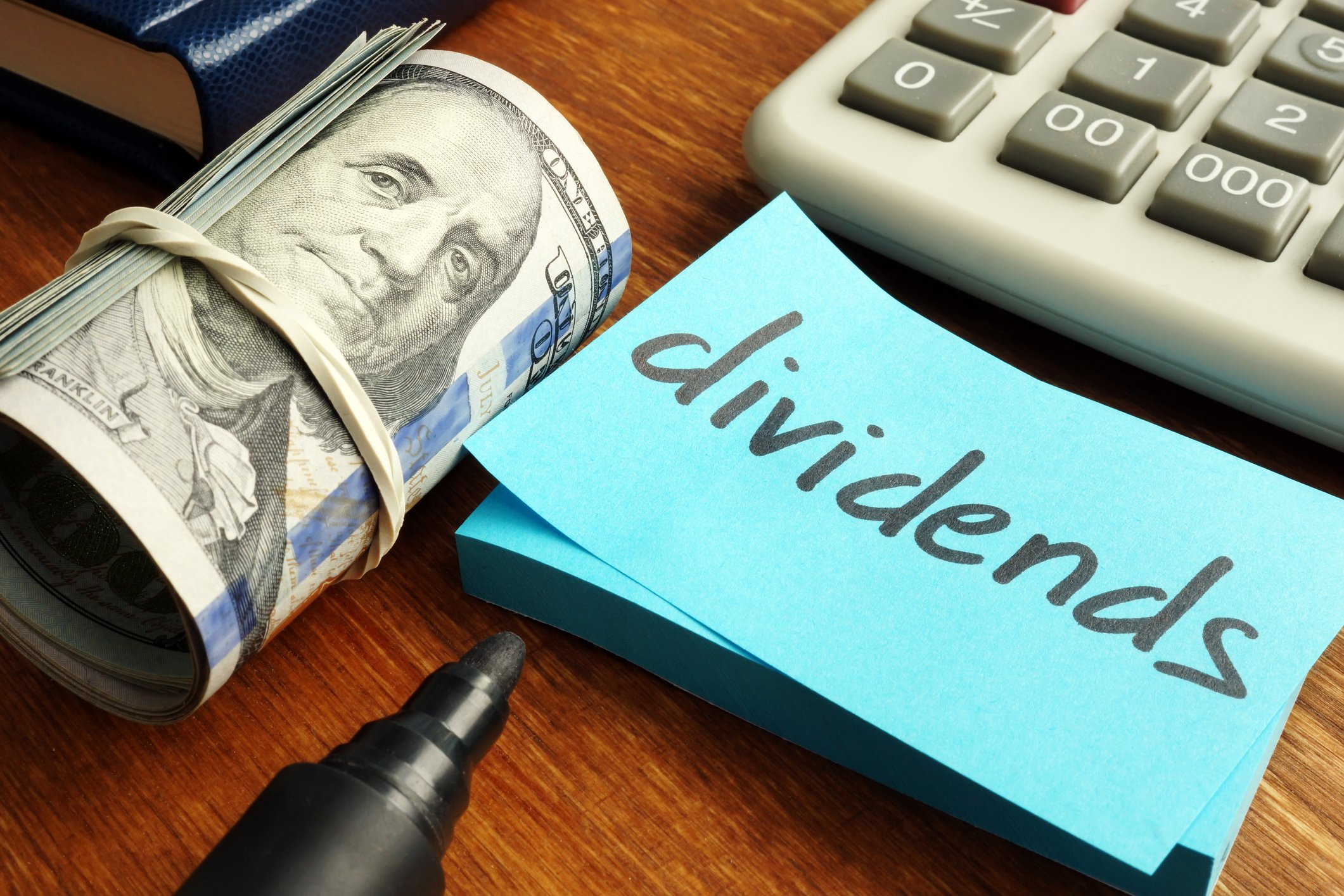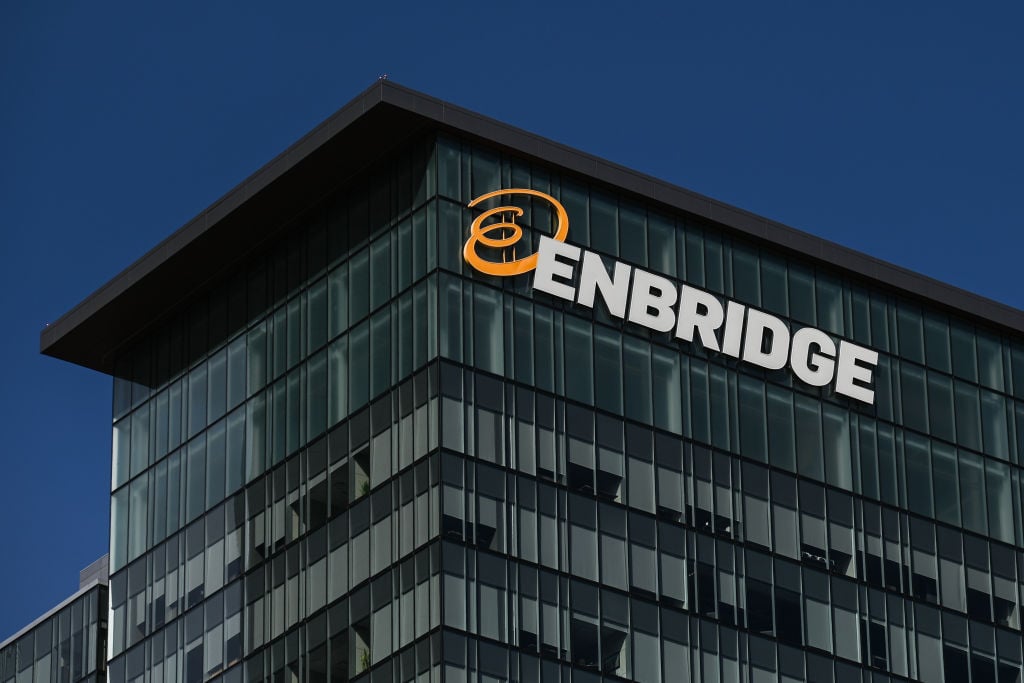Earlier this year, Enbridge (ENB 0.09%) announced that it agreed to invest 1.7 billion Canadian dollars ($1.25 billion) in an offshore wind development in Germany. That investment will give the company a 50% stake in the 497-megawatt Hohe See project, which should start generating electricity and cash flow in late 2019. What's so unbelievable about this deal are the economics, which are as good as, if not better than, new pipeline projects. It is this project, and other similar opportunities, that are a big reason why the company expects to deliver double-digit dividend growth all the way through 2024.
Seeing an opportunity in renewables
Enbridge acquired its stake in the Hohe See project from German utility EnBW, which will retain the other half and co-develop the project. What drew the Canadian pipeline giant to the project was the economic framework. Under the German government's offshore wind development incentive structure, power generated by the project will earn long-term fixed pricing for 20 years. Further, there's minimal development risk because the project has full approval and EnBW has already locked in 90% of the capital costs. Because of that, the project will be "strongly accretive in the first year of operations" according to Enbridge.

Image source: Getty Images.
That combination of a high return on investment and steady cash flow for two decades is very similar to the economics of a new pipeline project, which is why Enbridge believes Hohe See is a good fit for its portfolio. That said, this project is far from its first foray into renewables. It's already the second largest wind and solar power generator in Canada. In fact, the company has invested CA$5.4 billion to develop 1,900 MW of generating capacity in both Canada and the U.S., which includes wind, solar, waste heat, geothermal, and transmission projects. Meanwhile, the company could more than double the amount it has already invested in renewables over the next few years if it moves forward with all the projects currently in its backlog. In doing so, it's joining European oil giants Total (TOT +0.00%) and Statoil (STO 1.02%), which are also increasing investments in renewables. Statoil, for example, has a growing offshore wind portfolio, while Total owns a majority stake in solar panel maker SunPower (SPWR +0.00%).
A pipeline filled with opportunities
Enbridge already has one European offshore wind farm under construction, the Rampion project in the U.K., which it started building in late 2015. The company will invest CA$750 million in financing its 24.9% share of the 400 MW project that should start full operations next year. Once complete, Rampion should supply relatively steady cash flow for years because it has secured a 15-year power purchase agreement for 100% of its volumes.
Meanwhile, the company owns a 50% stake in an offshore wind developer in France that has three late-state projects under development. Enbridge could invest as much as CA$4.5 billion in the construction of up to 1,400 MW of wind generation capacity, with the first project potentially starting construction this year. The developer has already signed these projects up to 20-year fixed price power purchase agreements with EDF, which is one of the largest energy companies in Europe.
Finally, one of the other benefits of joining the Hohe See project is that it comes with an embedded expansion opportunity. The partners hold an option to add 112 MW of generating capacity in the future by expanding the facility, which gives Enbridge one more potential organic growth project.
Overall, Enbridge has secured more than CA$10 billion of growth projects in its renewable power business. For perspective, that represents 14% of its combined backlog. That's incremental growth that most of its energy infrastructure rivals don't have because they primarily focus on oil and gas pipeline and related infrastructure projects. Meanwhile, Enbridge's decision to diversify into renewables provides it with a larger set of growth opportunities than rivals because the sector is growing at a much faster clip than fossil fuel infrastructure. That trend could become even more pronounced in the future due to growing climate change worries, which is why both Total and Statoil made investments in renewables.
Investor takeaway
Enbridge sees a lucrative opportunity in offshore wind, which is why it spent an unbelievable $1.25 billion to secure a stake in the Hohe See project in Germany. It's projects like that, as well as other renewable developments in its portfolio, that give the company growing confidence that it can achieve its ambitious dividend growth forecast of delivering 10% to 12% annual increases all the way through 2024.







